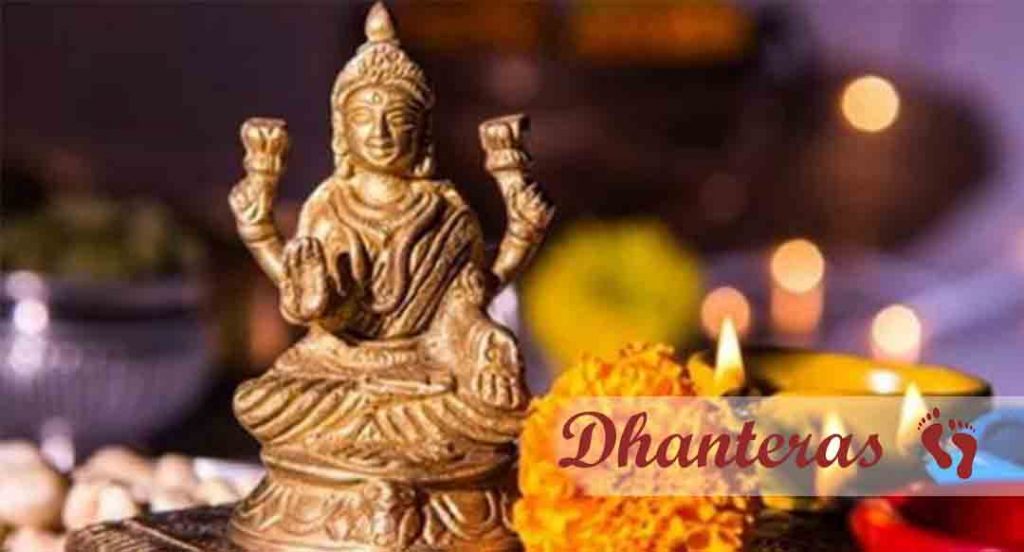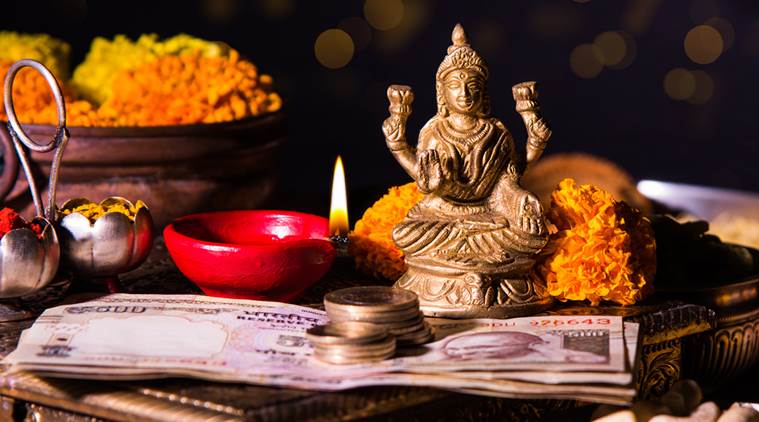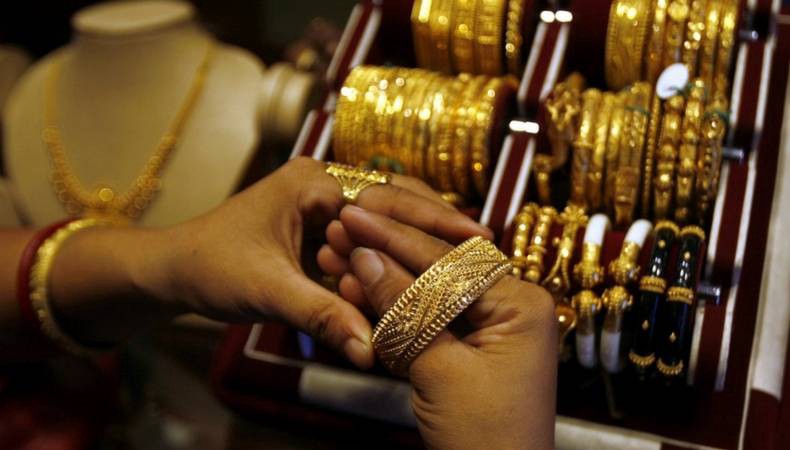Dhanteras, also known as Dhanatrayodshi, is the first day of five day Diwali festival and will be celebrated on Monday November 5. On this day, Hindus worship the God of wealth, Kubera. In order to mark the beginning of the festive week, people buy gold, silver, automobile, utensils, property and other precious gifts.
Meaning and Significance of Dhanteras
The word Dhanteras is made of two words – Dhan which means wealth, and Teras which means 13th day. According to Hindu calendar, Dhanteras falls on the 13th lunar day of Krishna Paksha (dark fortnight) in the month of Ashwin.
On the auspicious occasion of Dhanteras, devotees pay their respects and worship Lord Kubera and Goddess Lakshmi on Trayodashi. Across North India, Hindus believe in worshiping Lakshmi, the goddess of wealth and Lord Ganesha, the god of knowledge Ganesha on this day. It is believed by many that it was on Dhanteras that Goddess Lakshmi had come out of the ocean while it was churned with a pot of gold and wealth.
Also read: Diwali 2018: Here’s why Sikhs celebrate festival of light
Dhanvantari, who is also worshiped on the occasion of Dhanteras, is the god of Ayurveda who imparted the wisdom of Ayurveda for the betterment of mankind and to help rid it of the suffering of disease. It is believed that Dhanvantari, the lord of medicine, emerged from ‘Samundra Manthan’ carrying a jar of the elixir on the day of Dhanteras.
Customs followed on Dhanteras
There is also a long-standing custom of buying gold during Dhanteras. It is believed that a symbolic buying of gold, silver, jewellery, and utensils will act as protection against ill will and is considered auspicious, bringing good luck to every member of the family.
During Dhanteras, it is a common practice for people to clean up their places. In many households, with a mixture of rice and flour, imprints of little feet are drawn on the floor. This is also known as Alpona. Friends and families meet and indulge in the festivities.




















